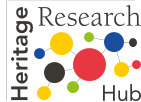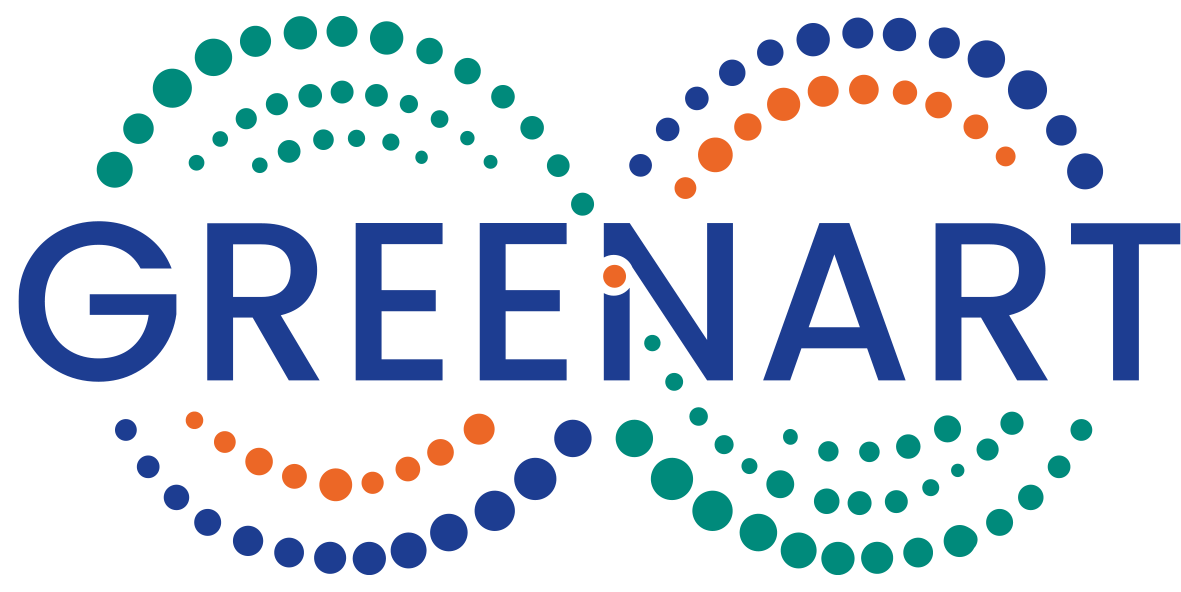Project facts
Presentation
Cultural Heritage assets must be maintained, well preserved and accessible, counteracting degradation processes that are often enhanced by unfavourable environmental conditions and climate changes. Despite some progress fostered by research in the last decade, the traditional materials and methodologies used in current remedial and preventive conservation practice lack durability, sustainability and cost-effectiveness. Besides, they are typically based on energyconsuming processes or non-environmentally friendly materials, such as petroleum-based solvents (mineral spirits).
GREENART proposes new solutions, based on green and sustainable materials and methods, and on the elaboration of advanced tools, to preserve, conserve and restore Cultural Heritage. GREENART will strongly stimulate the development of new and innovative bio-derived compounds/materials as alternatives to fossil-based chemicals.
Impacts & Results
GREENART proposes new solutions based on green and sustainable materials and methods, to preserve, conserve and restore CH:
1) Protective coatings based on green materials from waste and plant proteins, with self-healing and reversibility character, possibly functionalized with organic/inorganic nanoparticles to impart VOC capture, anti-corrosion and barrier behaviors.
2) Foams and packaging materials made by biodegradable/compostable polymers from renewable sources (polyurethanes and natural fibers) to control T/RH.
3) Consolidants based on natural polymers from renewable sources, to mechanically strengthen weak artifacts.
4) Gels and cleaning fluids inspired by the most advanced systems currently available to conservators, improving them according to green and circular economy.
5) Green tech solutions for monitoring CH assets non-invasively against pollutants and environmental oscillations.
6) Life cycle Assessment and modeling will favor the “safe-by-design” creation of affordable solutions safe to craftspeople, operators and the environment, and minimize energy-consumption in monitoring museum environments.
7) Intense dissemination and communication activities to spread knowledge generated during the development of the project within academic, professional, potential users, industrial domains and large public.

